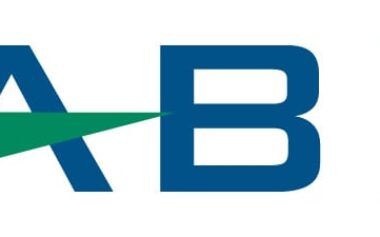The component library is the most fundamental tool in a designer’s tool kit when it comes to laying out a PCB design. An organized and accurate library is essential to error-free designs. There are numerous ways problems can arise in a component library, on both a component level and within the entire library. Let’s take a look at some common library issues as identified by Optimum’s librarians.
Component Level
Incorrect hole sizing
Accurate hole sizes are crucial for guaranteeing a consistent electrical connection in through hole components. A hole too small, and parts can’t be placed; a hole too large, and mechanical and electrical stability of the board is compromised.
Incorrect Orientation
An extremely common problem within component libraries is parts displaying incorrect orientation. Manufacturer datasheets are generally inconsistent in terms of their format, and not always well labeled. It can be difficult to tell if a component is shown from the top or bottom, and if the footprint for said component is shown in the same position as the component body.
“Registration” Issues
While not registration in the literal board fabrication sense, a similar lack of alignment between elements of a PCB component can occur even if correct sizing of component outlines and Padstacks are utilized. A librarian must ensure that once these elements are sized correctly, they must be placed properly relative to each other to ensure proper connectivity in the assembly phase. This issue can be especially pronounced on components such as D-paks and right angle connectors.
A commonality shared between all of these common errors is that they are often caused by inattention or trying to move too quickly.
Library Level
Incorrect Height Issues
Parts calling out incorrect heights is a common problem, and one that is compounded by multiple areas within many design tools to enter component height. At Optimum, the cell of the part gets the maximum possible height for the component. Once combined with the relevant schematic symbol into a PDB, and the height is called out more specifically. (Ex: 0402 capacitor – 1 cell with max height, multiple PDB files with various heights).
Pin Mapping Not Set Up
From a designer’s perspective, having to wait for an electrical engineer to swap gates on a schematic adds time and frustration to the design process. Being sure that your library is set up properly eliminates this step,
No Standardized Naming Conventions
This problem can show itself in many regions of the library, from padstacks to .pdb files. All portions of the library should have consistent naming criteria, so that the necessary part or padstack can be quickly and easily identified by the librarian or designer. Having multiple users with individual naming conventions can also lead to part duplication issues, as existing parts get remade by different users who don’t understand each naming convention.
Redundant Part Descriptions
Descriptions of parts should be useful to the designer or librarian trying to locate specific components. In many instances users can be lazy and simply fill the description field with the MPN, a non-specific description of the part (i.e. cap surface mount), or even left blank entirely. Give the parts a thorough description in order to aide in re-use of parts in future designs.




